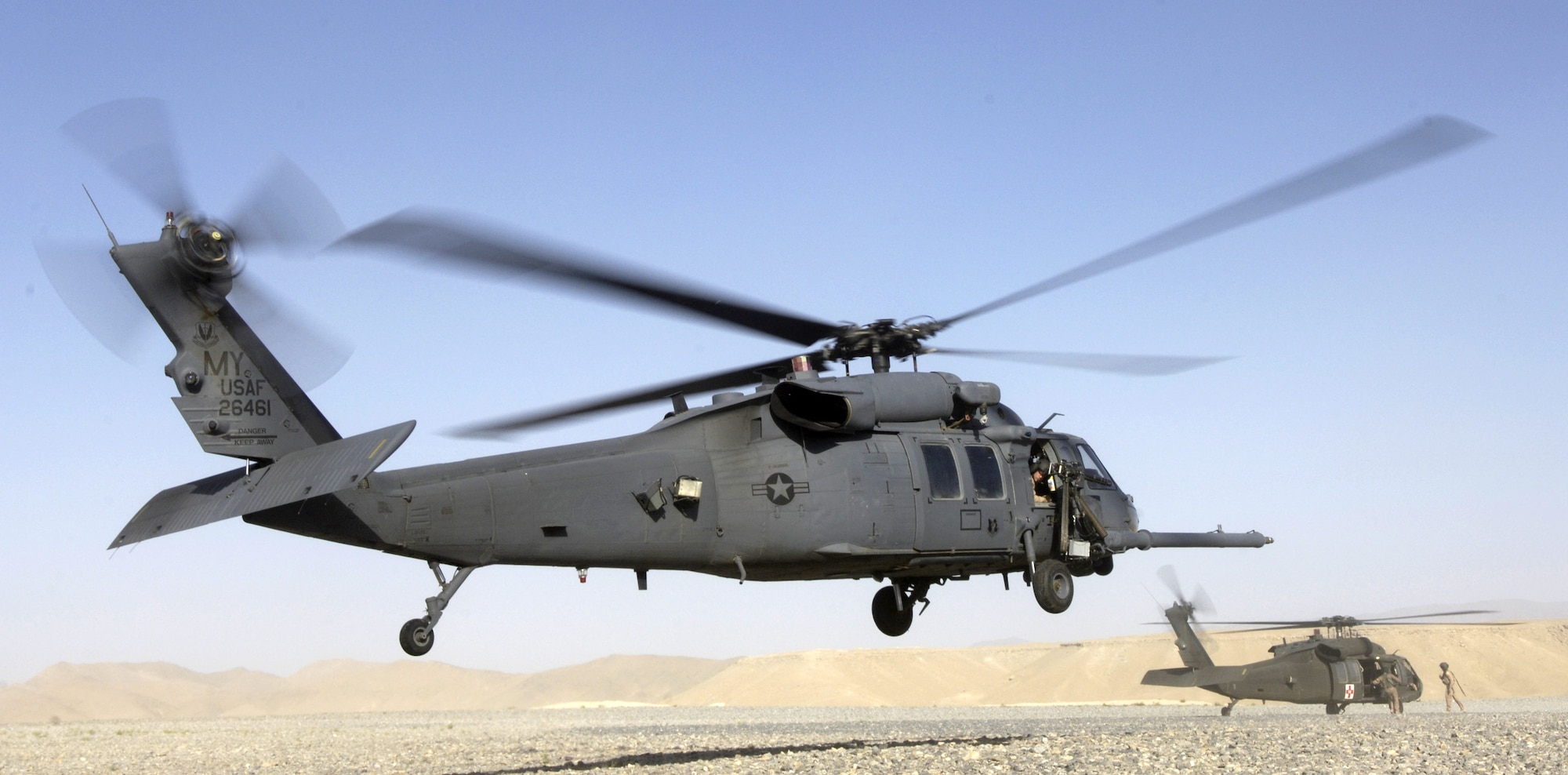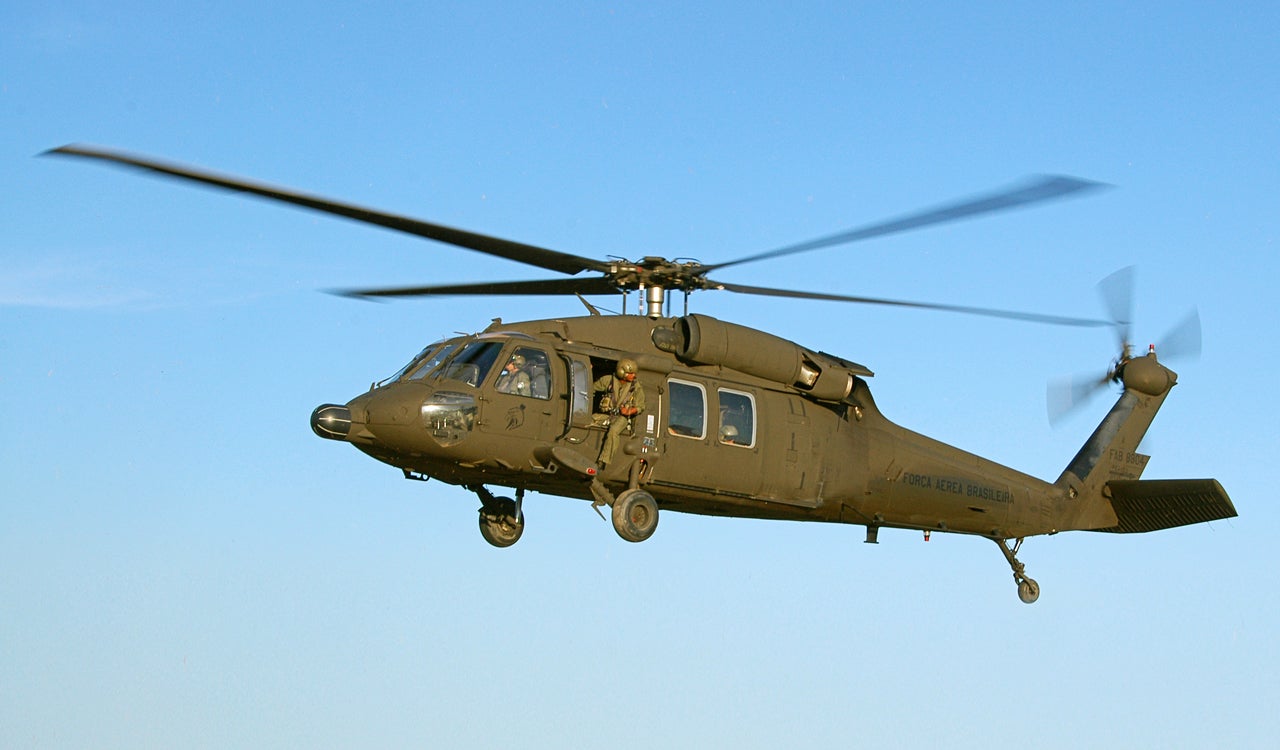UH 60 Black Hawk: Military Helicopter Features and Capabilities
UH 60 Black Hawk: Military Helicopter Features and Capabilities
Blog Article
Checking Out the Cutting-edge Modern Technology Behind Aircraft Style and Design
The area of aircraft layout and design is seeing a transformative change driven by innovative technologies that boost performance, performance, and sustainability. Advanced products such as carbon fiber compounds and titanium alloys are establishing brand-new criteria, while aerodynamic developments and expert system are streamlining procedures and improving results. As the market faces the obstacles of environmental duty, growths in sustainable aeronautics innovations guarantee to improve the future. The effects of these advancements extend beyond performance metrics; they might redefine the actual nature of air traveling. What might this mean for the industry all at once?
Advanced Products in Aircraft Layout
Just how can the integration of advanced materials transform airplane design? The consolidation of advanced materials, such as carbon fiber compounds, titanium alloys, and progressed porcelains, plays a critical function in boosting airplane performance and effectiveness. These products use premium strength-to-weight proportions, enabling suppliers to minimize total aircraft weight without jeopardizing structural integrity. This reduction in weight directly contributes to enhanced fuel performance and increased haul capacity.
Furthermore, sophisticated products display boosted resistance to rust and exhaustion, leading to lower upkeep prices and prolonged life span. The use of titanium in essential components assists hold up against severe temperatures and tensions, while carbon fiber composites offer versatility in layout and production processes. This adaptability permits for even more wind resistant forms, adding to exceptional performance features.
Additionally, the assimilation of wise products, which can alter properties in reaction to external stimuli, opens up new methods for adaptive systems in aircraft style. uh 60. These advancements promise not only to boost safety and security and operational performance but additionally to add to sustainability initiatives by decreasing environmental influence with minimized discharges. In recap, advanced materials are redefining the landscape of aircraft style, leading the means for much more effective, long lasting, and eco-friendly aeronautics services
Aerodynamic Developments for Performance
Wind resistant innovations play an essential role in boosting airplane performance, substantially affecting gas consumption and overall performance. Advances in airfoil layout, such as the intro of supercritical wings, enable enhanced lift-to-drag proportions, minimizing drag at transonic speeds. These advancements enable airplane to preserve higher speeds with reduced gas expense, directly influencing operational costs and environmental sustainability.
Furthermore, the combination of winglets has verified reliable in alleviating vortex-induced drag at the ideas of wings, better improving gas performance - uh 60. This layout modification leads to a reduction in wake disturbance, contributing to boosted aerodynamic performance throughout cruise problems

Moreover, computational fluid dynamics (CFD) devices have revolutionized the testing and improvement of wind resistant forms, enabling precise simulations of air flow around aircraft (uh 60). This enables designers to innovate constantly, ensuring that contemporary airplane not just satisfy governing standards but likewise push the limits of effectiveness in aviation

Duty of Computer System Simulations
Computer simulations have actually become an indispensable tool in the area of airplane style, making it possible for designers to perform in-depth evaluations and optimizations of numerous style elements. These simulations permit the online screening of aerodynamic properties, structural integrity, and efficiency metrics long before physical prototypes are constructed. By using computational fluid characteristics (CFD) and limited element evaluation (FEA), engineers can forecast just how air flows around the aircraft and exactly how various materials will reply to stress and anxiety and pressure.
Additionally, computer simulations help with the expedition of a vast array of variables and scenarios, speeding up the design procedure and reducing expenses connected with physical screening. This capacity not just enhances the accuracy of predictions concerning aircraft behavior yet also offers understandings into possible layout enhancements that may not be quickly apparent with conventional approaches.

In addition, simulations help guarantee compliance with strict safety guidelines by permitting designers to recognize and fix potential problems early in the design phase. The combination of simulation technologies into the aircraft design process emphasizes the substantial improvements in design methods, ultimately adding to the growth of much safer, much more reliable, and eco-friendly airplane.
Artificial Knowledge in Design
Expert system (AI) is revolutionizing the engineering landscape, specifically in airplane layout, by boosting decision-making processes and optimizing style operations. Via device understanding formulas, AI can assess vast datasets, revealing patterns and understandings that notify design options and enhance general effectiveness.
AI applications in airplane style consist of generative style, where algorithms develop several style choices based upon defined parameters, allowing designers to examine a wider series of possibilities. This not just increases the style stage however also makes sure that the final products fulfill rigorous efficiency and safety and security criteria.
In addition, you can find out more AI-driven predictive analytics facilitate upkeep scheduling by evaluating historical data and predicting prospective failings. This aggressive method lowers downtime and boosts airplane integrity.
In addition, AI help in simulation and modeling, allowing designers to test designs under different conditions without the need for physical models. This ability reduces advancement timelines and minimizes expenses associated with traditional screening techniques.
Lasting Aviation Technologies
Exactly how can the air travel industry effectively equilibrium growth and environmental duty? The answer depends on the adoption of sustainable air travel innovations that focus on efficiency and lower carbon exhausts. Technologies such as lasting air travel fuels (SAFs), which are obtained from renewable resources, have arised as a critical component in attaining reduced lifecycle emissions. SAFs can dramatically lower the carbon impact of flights, making them a viable choice to conventional jet fuels.
Additionally, improvements in aircraft design, such as the advancement of lighter products and more aerodynamically reliable shapes, contribute to boosted fuel effectiveness. Electric and hybrid propulsion systems are also acquiring grip, offering a path to decrease dependence on nonrenewable you could try these out fuel sources and reduce greenhouse gas exhausts.
The integration of these technologies is sustained by regulatory structures and market partnerships targeted at establishing enthusiastic sustainability targets. Moreover, digital tools like data analytics and expert system can enhance trip operations, additionally boosting fuel efficiency. By accepting sustainable techniques and modern technologies, the aeronautics sector can not just satisfy the growing need for air traveling yet additionally play an essential duty in addressing environment modification, making certain a more sustainable future for air transport.
Verdict
The convergence of advanced materials, aerodynamic advancements, and sophisticated technologies marks a substantial development in airplane style and engineering. The assimilation of carbon fiber composites, titanium alloys, and AI-driven processes not only boosts efficiency and efficiency however additionally simplifies workflows and predictive maintenance. The recurring growth of lasting air travel innovations underscores a dedication to ecological obligation, leading the method for a greener future in aeronautics. This constant advancement will certainly form the market's trajectory for several years ahead.

Computer simulations have actually become an important tool in the area of airplane layout, allowing designers to perform detailed analyses and optimizations of various style elements.The merging of innovative products, wind resistant innovations, and advanced innovations marks a substantial evolution in aircraft style and design.
Report this page